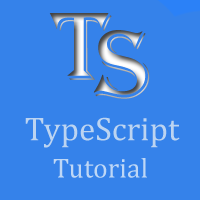
Use Object.entries to iterate over the keys and values of any object.Be aware that any objects your function receives as parameters might have additional keys. Use let k: keyof T and a for-in loop to iterate objects when you know exactly what the keys will be. There are different ways to loop over arrays in JavaScript, but it can be difficult choosing the right one.The latter is more generally appropriate, though the key and value types are more challenging to work with. have their erator property already implemented.

Some built-in types like Array, Map, Set, String, Int32Array, Uint32Array, etc.

The former is appropriate for constants or other situations where you know that the object won’t have additional keys, and you want precise types. Both for.of and for.in statements iterate over lists the values iterated on are different though, for. TypeScript: Documentation - Iterators and Generators Iterators and Generators Iterables An object is deemed iterable if it has an implementation for the erator property. The for.of loop returns elements from a collection e.g. If you want to iterate over the keys and value in an object, use either: TypeScript includes the for.of loop to iterate and access elements of an array, list, or tuple collection. Extending plugin:typescript-eslint/recommended-requiring-type-checking in an ESLint configuration.

Hopefully, this doesn’t happen in a real environment (You should never add enumerable properties to Object.prototype), but it is another reason that for-in produces string keys even for object literals. Disallow iterating over an array with a for-in loop. C : number } function foo (abc : ABC ) //Print x y z


 0 kommentar(er)
0 kommentar(er)
